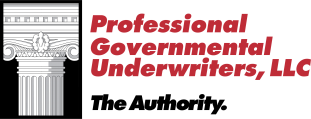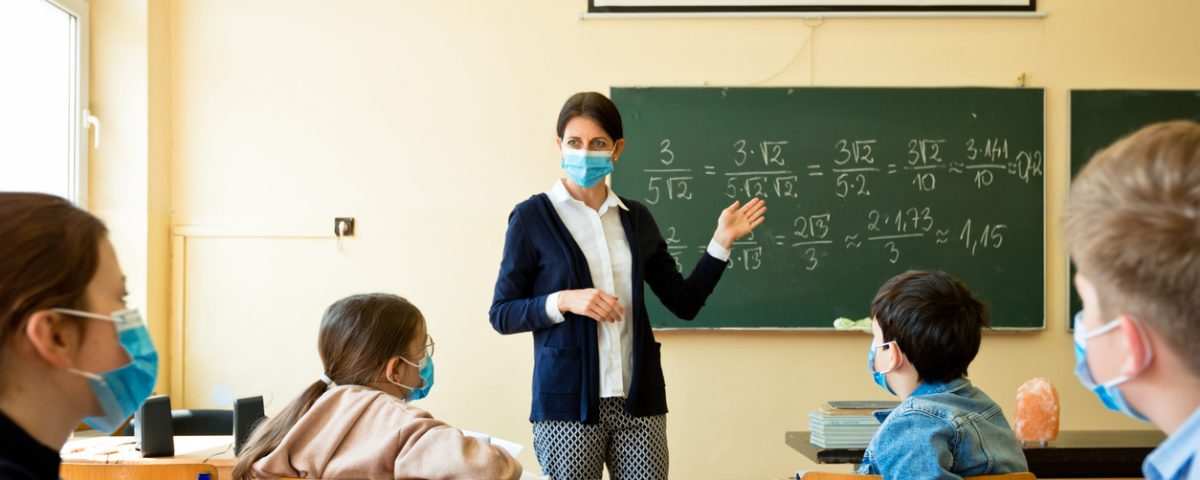Reopening Schools in Fall: What Your Clients Should Know

Navigating Special Education Amidst COVID-19
June 22, 2020
Preventing Police Misconduct Lawsuits
July 6, 2020Reopening Schools in Fall: What Your Clients Should Know
With the spread of COVID-19 throughout the United States, schools across the country experienced shutdown after shutdown, ending classes and services for students from kindergarten through high school. As school systems scrambled, classes moved online to the virtual landscape, offering students a new way to learn and communicate with their peers and teachers. But while conducting classes online has acted as a thin line of glue holding the country’s school system together, learning and participating in person can’t be matched. This had lead to major hurdles when it comes to reopening schools in the fall.
A number of public health officials have already indicated that they expect schools to reopen in the fall and CDC Guidelines have recently been released to plan for this return. When governors and local public health officials give school boards the okay to do so, schools must be ready to bring everyone back and operate as usual. But in order to fulfill this need, planning for maximum efficiency and effectiveness is key.
Here are some steps that education systems can take for reopening schools successfully this fall and avoid major pitfalls and liabilities in the process.
Coordination and Communication
Situations will vary across states and between different school communities within the same region. Meeting local needs and giving attention to community concerns will be important for planning efforts. Schools will have to coordinate in novel ways with state and local health officials in order to successfully reopen. They’ll need to put an emphasis on communication with stakeholders so that students, educators, community members and families are clear on what’s to be expected for academic and public health.
A New (School) Day?
Schools will have to take a good long look at every aspect of the school day. From classroom spaces to school schedules, school systems will have to adjust to address new public health guidance. For example, schools need to outline plans that reflect social distancing in schools’ protocols or use contactless temperature checks to screen all students. All of this will have ripple effects on costs and staffing as new measures that need to be implemented will call for new efforts.
Staffing Problems
Many staff will be at-risk from COVID-19 due to age or health conditions. This raises questions about how to productively and effectively protect the well-being of staff and students alike. Districts and teachers’ unions should be able to work together on how to revisit aspects of their labor agreements to aid in schools adopting new protocols and ensure that teachers are able to work in ways that are safe.
Stretching Out Time
The disruption in the previous school year highlighted the potential need to elongate the school year or school day as it were. This can help students catch up on any lost time, including instruction and projects. States should also commit early before school starts again this fall to ensure their assessments are administered in the spring of next year to help identify students who might need extra help and better allocate assistance to close any learning gaps that present themselves.
Riding the New Wave
Currently, the virus is still continuing to affect communities, albeit at a slower pace than its initial release. While the virus is expected to continue to slow down throughout the fall, it has a chance of picking back up towards the end of the year. Schools should prepare for possible intermittent closures and have a learning plan that will prepare for this. This plan can help students continue their studies at home through online resources and printed materials. For example, schools can stretch out their calendar years by adding more time to regular breaks, such as a long winter break and spring break. Also, school boards can allow one week out of every month to be at-home-only studying and teaching.
About PGUI
Professional Governmental Underwriters, Inc., is a full-service risk management company dedicated to assisting public, educational and non-profit entities in the management of their professional liability exposures including educators liability insurance. We are dedicated to providing state-of-the-art professional underwriting management and loss control advisory services on behalf of our designated carriers. For more information, call us toll-free at (800) 586-6502.


